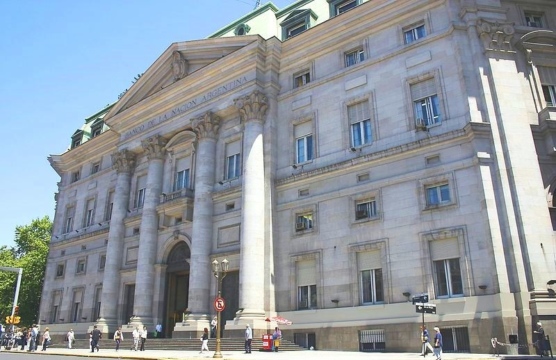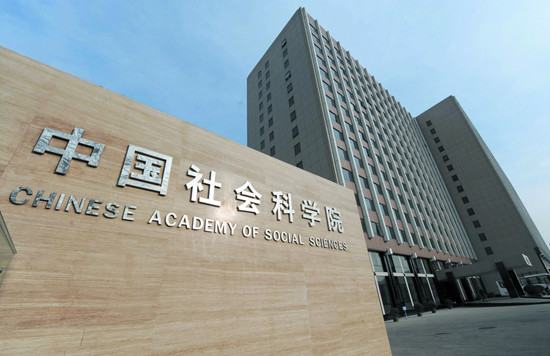
Will Default Dampen China-Argentina Ties?
The Fernández administration’s refusal to comply with a US court order to pay holdout hedge funds has once again landed Argentina in default.
After months of rhetorical censure of Chinese firms’ rash investment decisions, China’s State Council has published a new set of guidelines to manage the stream of foreign investment currently pouring out of the country.
The guidelines are aimed at curbing overseas investments that the central government had come to see as “irrational” and “abnormal,” while also bringing these ventures more in line with national policies.
Above all, the document emphasizes the importance of risk and risk management to a degree rarely seen in official government releases – a likely nod to investments gone wrong in countries such as Venezuela and Peru in South America, as well as major setbacks in other regions.
The new guidelines encourage firms “to adequately carry out supervisory work before, during, and after conducting foreign investment.” They also re-introduce the decades-old notion that Chinese firms are autonomous and responsible for their own profits and losses, but that company decision-making takes place “under the leadership of the [Chinese] government.”
The guidelines also list officially sanctioned areas of investment, as well as restricted and forbidden ones.
Chinese firms may continue to take part in foreign oil, gas, and mineral investments, for example, as well as in other energy exploration and exploitation projects, but only “on the basis of prudently evaluated economic efficiency.” The ambiguity surrounding what constitutes “risk” and “prudent evaluation” leaves some room for interpretation. Whether and how China’s national oil companies will adjust their operations in Venezuela and elsewhere remains to be seen.
Real estate investments, hotels, and sports clubs, as well as private equity funds and investment platforms without specific projects all require prior approval from relevant Chinese investment authorities. Regulations seem directed at preventing another Baha Mar – the $3.5 billion, China-backed resort project in the Bahamas that experienced considerable legal troubles and nearly a decade of delays.
Yet another directive will limit investment in countries that don’t have diplomatic ties with the mainland. In doing so, Chinese authorities aim to align overseas investment with China’s foreign and macroeconomic policy. If successfully implemented, this directive will have a disproportionate effect on the Central American and Caribbean regions, which contain ten of Taiwan’s twenty remaining diplomatic allies.
China’s Belt and Road Initiative also figures prominently in the document, as it has in many other guiding documents, such as the government’s 2017 Work Report. The document praises the role of foreign investment in “promoting the construction of the Belt and Road,” and calls on firms to continue to promote investment that is beneficial to its construction and that of “surrounding infrastructure projects.” The guidelines even go as far as to designate the construction of the Belt and Road as one of the “guiding thoughts” along which foreign investment ought to develop. Although questions remain regarding Latin America’s level of involvement with the Initiative, the State Council’s most recent policy documents explicitly welcome the region’s participation in the colossal project.
Though a long time coming, China’s new investment directives signal growing weariness from its government. Firms’ overseas buying sprees have coincided with both sensitive economic reforms at home and financially intensive initiatives abroad.
Countries in the Latin American region should expect continued engagement from Chinese companies. They should also bear in mind, however, that these and other government-issued guidelines will continue to shape the range of investments in the coming years.
The Fernández administration’s refusal to comply with a US court order to pay holdout hedge funds has once again landed Argentina in default.
Who in China is advising on energy engagement with Latin America?
Will protesters succeed in halting the canal’s construction?

